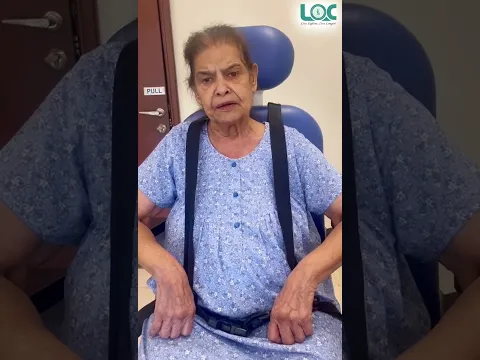Umbilical Hernia

Umbilical Hernia Treatment in Pune & Mumbai
What Is Umbilical Hernia?
An umbilical hernia happens when a piece of intestine or fat protrudes through a weak spot close to the belly button. Umbilical hernias are usual in infants but can also happen in adults because of raised pressure in the belly. Most umbilical hernias in children resolve spontaneously, but those in adults usually need to be treated to avoid problems.
Symptoms and Discomfort Associated with Umbilical Hernia
The most frequent indication of an umbilical hernia is a visible bulge close to the navel. The swelling can be more noticeable when coughing, straining, or standing up. Mild pain is felt by some, but others can develop severe pain or tenderness, particularly if the hernia becomes incarcerated or strangulated, compromising blood flow to the intestine.

Causes and Risk Factors Leading to Umbilical Hernia
Umbilical hernias occur as a result of weakness in the belly button area of the abdominal wall. In adults, predisposing factors are obesity, pregnancy, chronic coughing, straining too hard during bowel movements, or abdominal operation. Gradual weakening by repeated pressure in the umbilical region causes the muscles to herniate.
Effective Surgical Solutions
Unlike umbilical hernias in infants, those occurring in adults will not resolve by themselves and will usually need surgery. Laparoscopic hernia repair is a less invasive method that uses small cuts and mesh support to fortify the abdominal wall. Open surgery might be suggested for more extensive or complicated hernias to ensure long-term support and prevent recurrence.

The Importance of Timely Treatment
Postponing seeking medical attention for an umbilical hernia may result in severe complications involving strangulation when the blood flow to the protruding tissue becomes cut off. Early intervention does not only preclude emergency responses but also assures quicker recovery at minimal discomfort.
FAQ'S
An umbilical hernia occurs when part of the intestine protrudes through the abdominal muscles near the belly button (navel), creating a soft swelling or bulge.
In infants, umbilical hernias can develop if the opening in the abdominal muscles doesn't close completely after birth. In adults, factors like obesity, multiple pregnancies, or previous abdominal surgeries can contribute to the development of an umbilical hernia.
Symptoms include a noticeable bulge near the navel, which may become more apparent when coughing, straining, or standing. In adults, the hernia may cause discomfort or pain.
A healthcare provider typically diagnoses an umbilical hernia through a physical examination. In some cases, imaging tests like an ultrasound or CT scan may be used to confirm the diagnosis.




